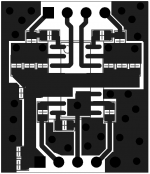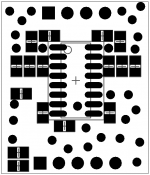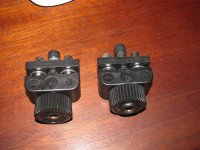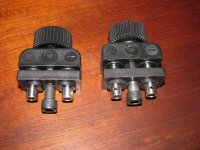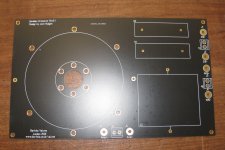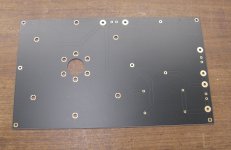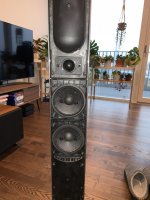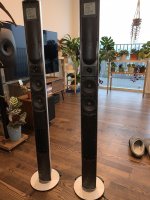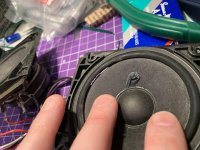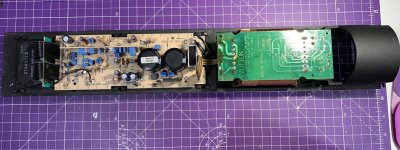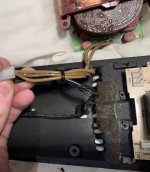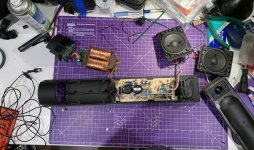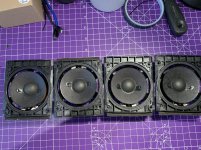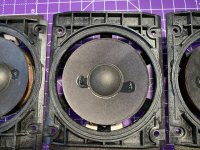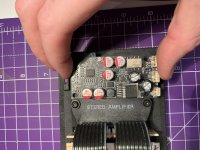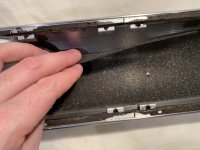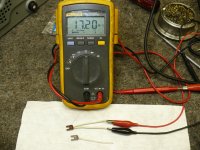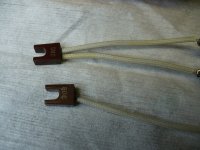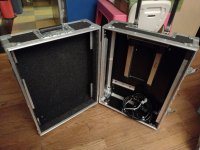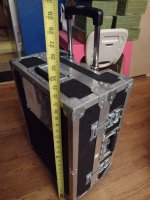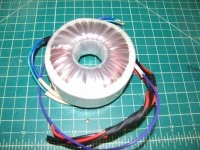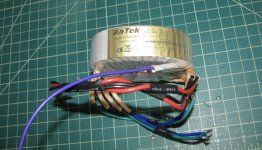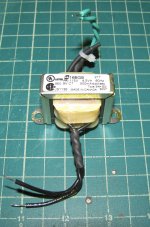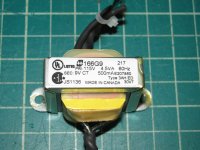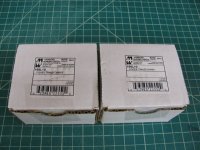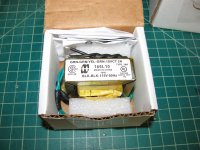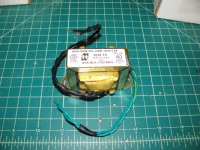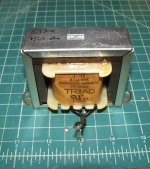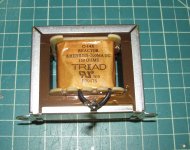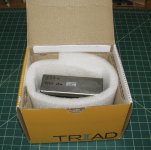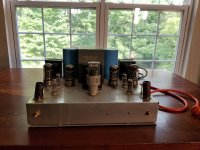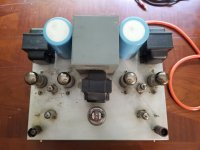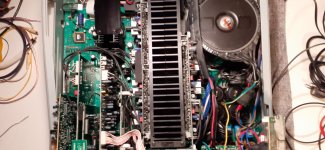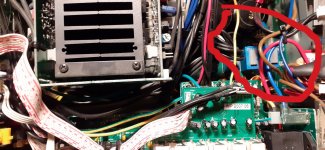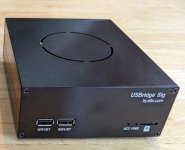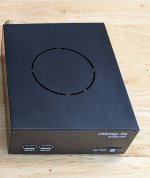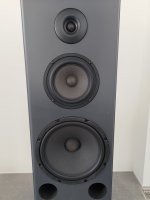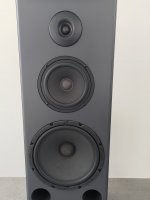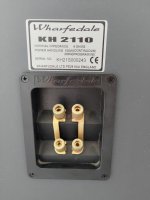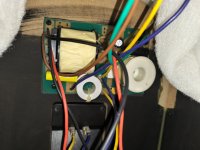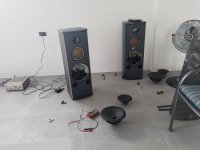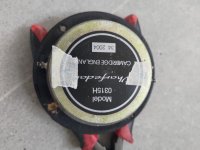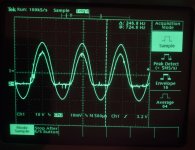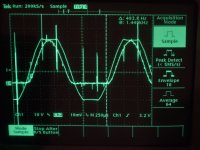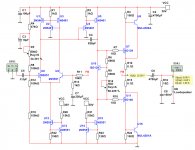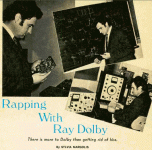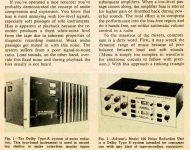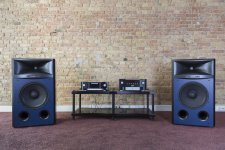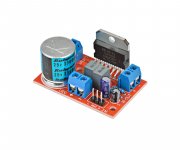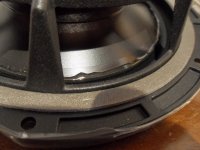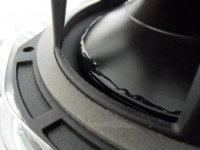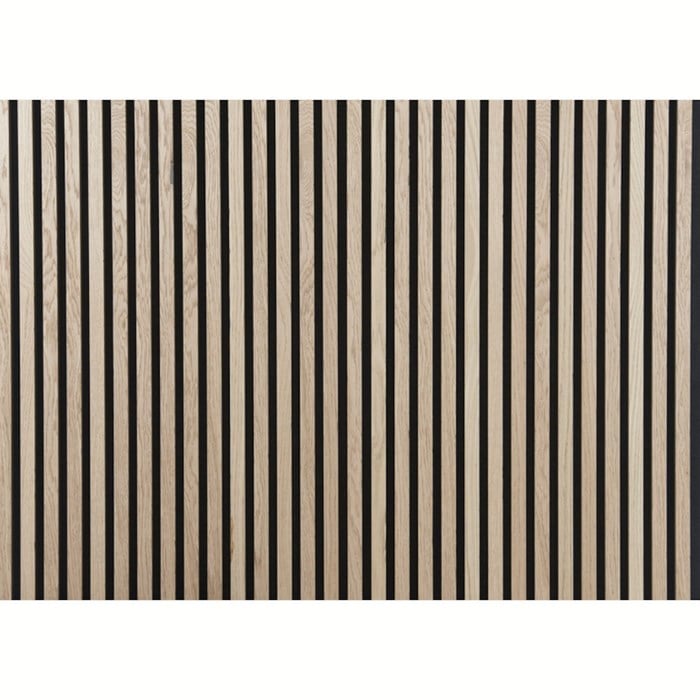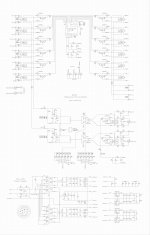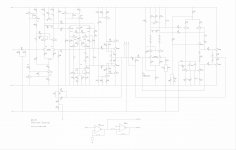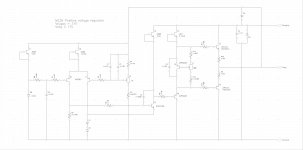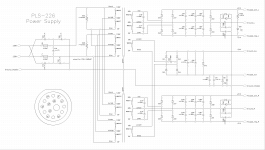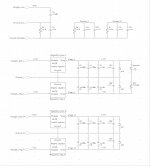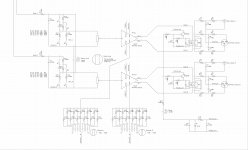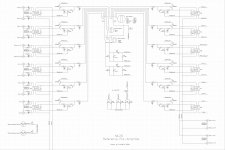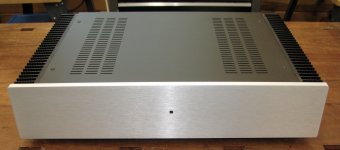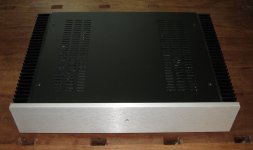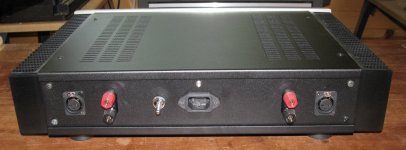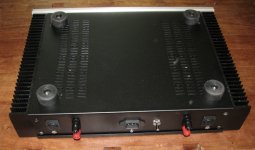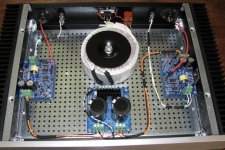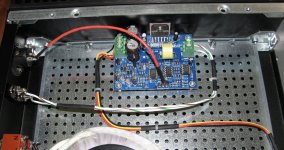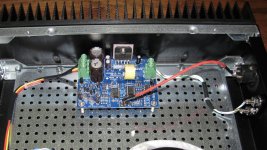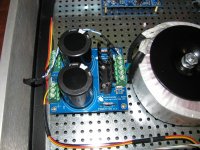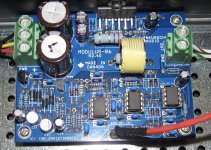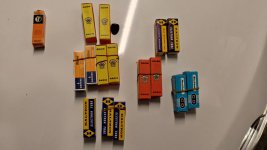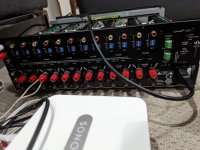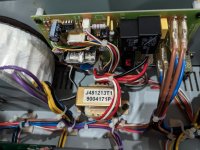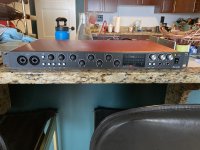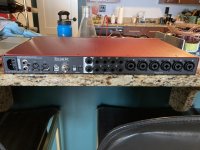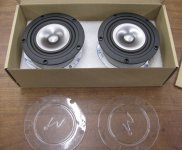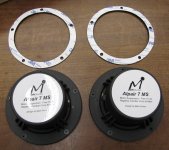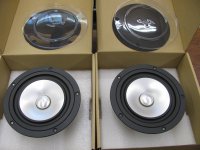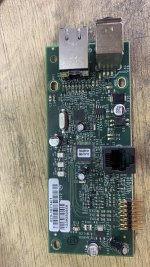Hi All,
I've been inactive in the DIY speaker world (and on this forum!) for a few years but time and opportunity has finally come to finish some speakers that have been half finished in bits in storage for years for lack of time, working space and money...
🙂
Years ago (since 2003) I used a Desktop Windows XP PC with a Sound Blaster Audigy 2 ZS as my measurement card - one of the few prosumer cards in the early 2000's that supported true 24 bit 192Khz recording and playback without re-sampling and had very good analogue performance, and I used it extensively for speaker / crossover measurement with various software including most recently ARTA.
Unfortunately in the last year that PC has gone belly up, and as the card was an original 32 bit PCI card that most PC's today won't support I can't really put it in anything else, even if I had another desktop PC to put it in...
Besides, it was very inconvenient using a large, noisy desktop PC for speaker measurements!
Nowadays I use a Windows 7 Laptop but it only has a single shared mic/speaker socket, and even if it had both I'm sure the quality would be dreadful compared to my old card anyway and inadequate for precise speaker/crossover measurement.
So I'm in the market for a USB sound card, and my requirements are:
1) Preferably under £100, in the UK.
2) Full duplex, naturally.
3) True 192Khz 24 bit without any re-sampling or other post processing, and the flat frequency response and low distortion/noise floor that you would expect of a good quality 192/24 card.
4) Must work well with ARTA.
5) Inputs that support both XLR with phantom power for the measurement microphone, and line level input for direct connection to crossovers, making impedance measurements etc.
6) Inputs must be fully independent - eg independent selection of XLR or Line, independent gain control etc.
This is important to be able to make proper use of dual channel mode in ARTA - typically you would connect the measurement microphone to Left in XLR mode with phantom power, and connect the right input in line level mode (possibly with a suitable L-Pad) to the input terminals of the speaker to cancel out any response errors in the amplifier, random delay variations in the sound card that might affect phase measurement etc.
I did a quick 10 minute browse tonight and came across one promising candidate at about half the maximum I'm prepared to spend, the Behringer U-PHORIA UMC202HD USB Audio Interface:
Behringer U-PHORIA UMC202HD USB Audio Interface | DV247
It seems to meet all my requirements above, and seems almost too good to be true for the price. Is it ? (Or have things just moved on a long way in the 10 years since I last looked at USB sound cards!)
The only thing it seems to be missing that would be good is a "high impedance" mode for the inputs, which would be useful for more accurate measurement of crossover outputs without loading them down, and also be necessary for impedance measurements.
I'm assuming it will have an input impedance of about 600 ohms or so in line level mode ?
Another interface that does have a high impedance mode for one of its inputs and thus would be better for impedance measurements and direct crossover measurements is the Steinberg UR-22 MkII:
Steinberg UR-22 MkII | DV247
It's also pretty similar in other regards, however it's about twice the price.
Am I going to run into problems with impedance and component measurements without a high impedance mode ?
I don't have access to an RLC bridge anymore so I would quite like to be able to measure crossover coils and caps (mainly coils, as my multimeter can do caps) using ARTA as well using an RL / RC test configuration.
Any thoughts and an opinions of these two boxes, or recommendations of other ones to check out in my price range ?
On a related note - in the house I currently live in I won't be making most of the measurements in the living room (not enough reflection free window time) and whilst my laptop and a USB interface are far more portable than my old system for measurements I still have the issue of the amplifier.
I now only have one amplifier and it is well and truly fixed in place in the main AV cabinet, getting it out to take to another room to do speaker measurements would be a major PITA.
So it occurs to me that a small, portable amplifier that I can use with the USB audio interface purely for the purpose of driving a single speaker to take a frequency response measurement would be extremely handy, if not essential.
It doesn't have to be fancy - it doesn't really need anything more than a volume control, doesn't need to be stereo, doesn't need tone controls, lights etc. What it does need is very flat frequency response, low output impedance and an output of about 10 watts. Something that is not much bigger than the USB audio interface would be great, as together with the laptop and USB audio interface it would make it possible for me to measure just about anywhere including the holy grail - outdoors!
Is anybody using a small portable amplifier for measurement tasks and have a recommendation ?

